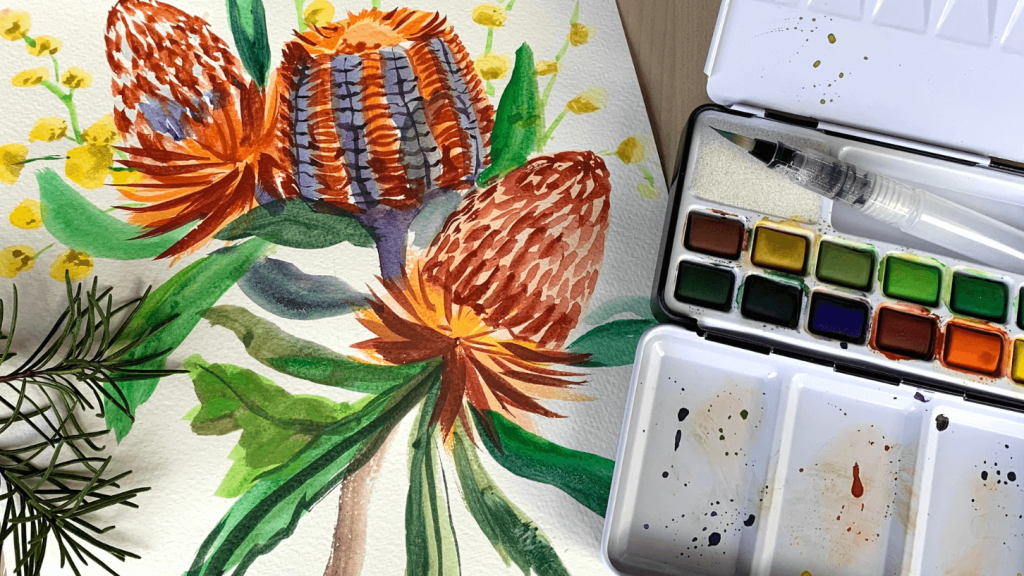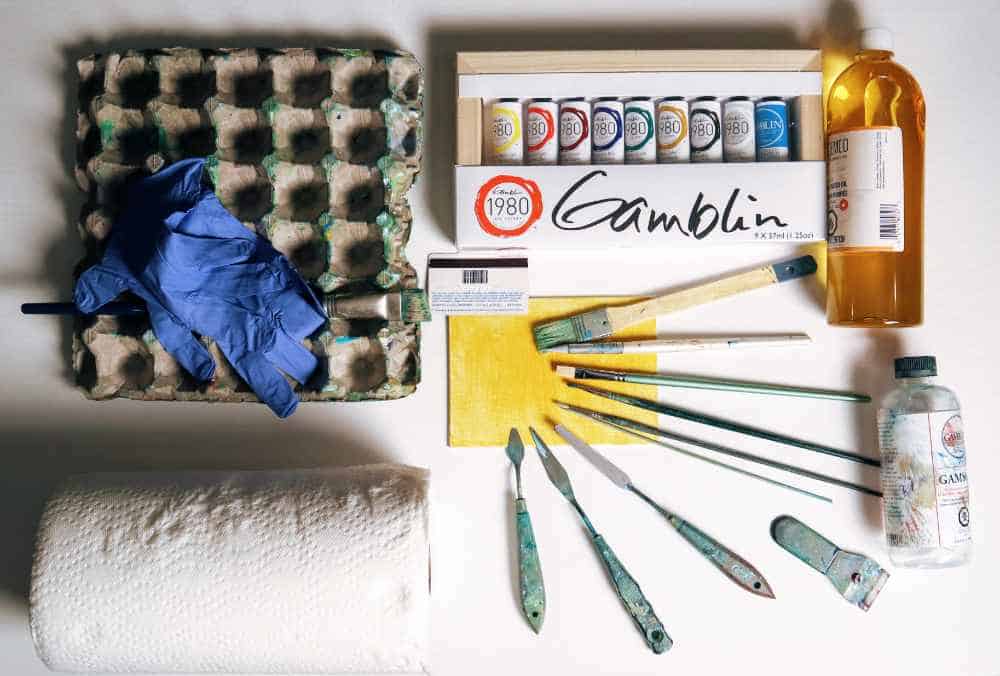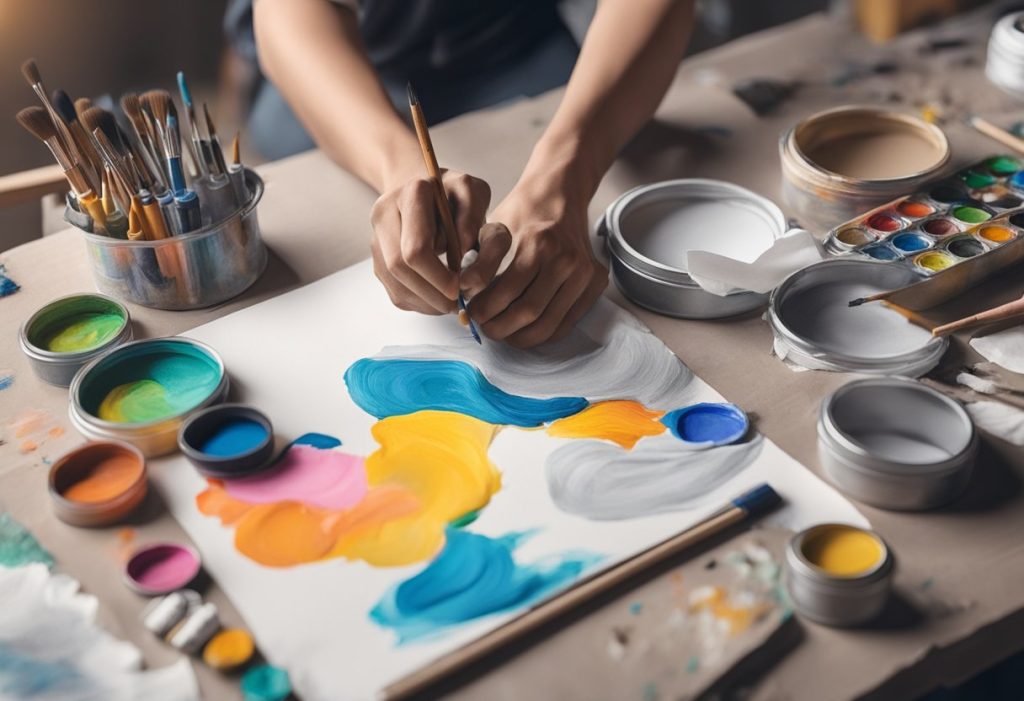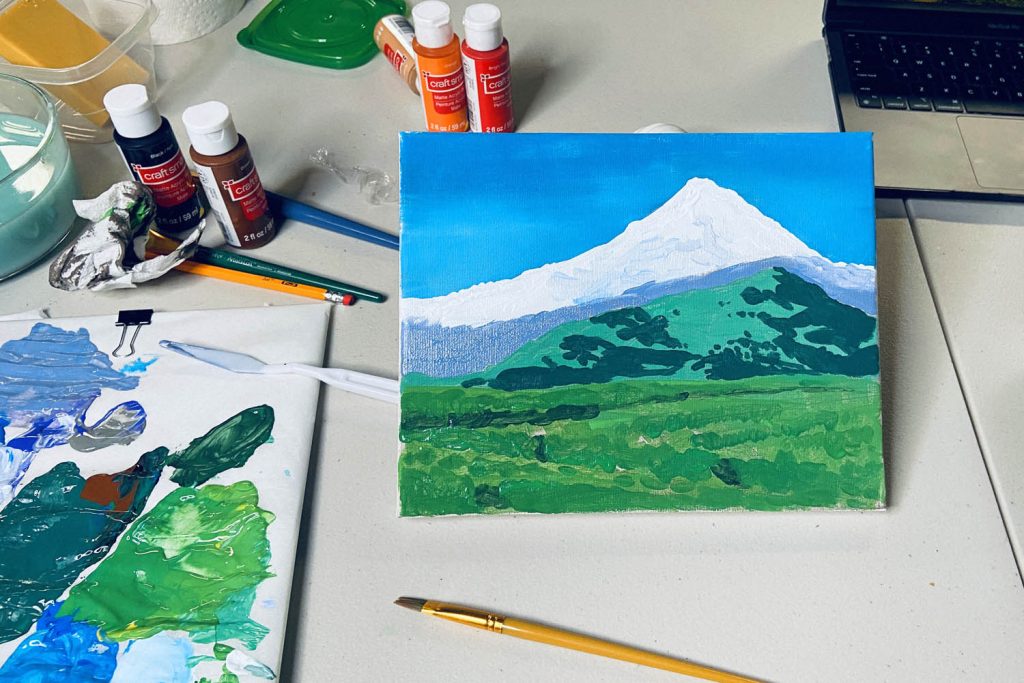Art has a unique way of allowing us to express our thoughts, emotions, and creativity in ways words sometimes cannot. Whether it’s through painting or drawing, the act of creating art can be incredibly rewarding. For beginners, however, starting can feel overwhelming. Questions like “Where do I start?” or “Do I need expensive supplies?” often arise. This beginner’s guide will help you navigate the basics and build confidence as you embark on your artistic journey.
1. Understanding the Basics

Before picking up a brush or pencil, it’s essential to understand the fundamental principles of art. Drawing and painting are built on several key concepts:
- Line and Shape: Lines create structure, while shapes form the basic building blocks of your subject. Practicing simple shapes like circles, squares, and triangles is a great starting point.
- Form and Perspective: These give your artwork depth and realism. Begin with basic exercises like drawing cubes, spheres, and cones from different angles.
- Color and Value: In painting, understanding color theory is crucial. Learn about primary, secondary, and complementary colors, and experiment with shading and highlighting to create dimension.
- Texture: Texture can be represented visually or physically. Practicing how to replicate different textures, like wood, metal, or fabric, adds realism to your work.
2. Choosing Your Medium
Beginners often feel torn between painting and drawing. Here’s a quick overview to help you decide:
- Drawing: Typically done with pencils, charcoal, pens, or pastels. Drawing is a great starting point because it helps you build skills in line work, shading, and composition.
- Painting: Involves mediums like watercolors, acrylics, or oils. Painting allows for expressive color use and different techniques such as blending, layering, and glazing. Acrylics are beginner-friendly due to their quick drying time and ease of use.
You don’t need to stick to just one medium. Many artists start with drawing to develop basic skills and later explore painting.
3. Gathering Essential Supplies

One of the most common misconceptions is that you need expensive tools to create art. In reality, starting simple is more effective. Essential supplies for beginners include:
- For Drawing: Sketchbook, graphite pencils of various hardness, erasers, and blending tools like tortillons or cotton swabs.
- For Painting: A basic set of paints, brushes of different sizes, a palette, water or solvent, and canvas or thick paper.
Remember, quality matters, but you don’t need professional-grade materials initially. Affordable supplies allow you to experiment without pressure.
4. Practicing Techniques
Skill in art comes with consistent practice. Start with small exercises:
- Drawing Exercises: Try contour drawing, where you focus on the outlines of objects, or gesture drawing to capture movement. Practicing shading techniques like hatching and cross-hatching builds depth and realism.
- Painting Exercises: Experiment with brush strokes, color mixing, and layering techniques. Try painting simple subjects, such as fruits, flowers, or landscapes, to practice control and composition.
Setting aside even 15–30 minutes daily for practice can dramatically improve your skills over time.
5. Finding Inspiration
Inspiration fuels creativity. Observe the world around you—nature, people, and everyday objects can serve as subjects. Visit art galleries, browse online platforms, or study the works of artists you admire. Keep a sketchbook or visual journal to collect ideas and track your progress.
6. Embracing Mistakes

Mistakes are an essential part of learning. Don’t be discouraged if your first sketches or paintings don’t turn out as planned. Every error teaches you something new about technique, color, or perspective. Over time, you’ll develop your style and gain confidence in your abilities.
7. Sharing Your Work
Once you feel ready, share your creations. Posting online, joining local art groups, or participating in workshops can provide valuable feedback and motivation. Sharing your work not only builds confidence but also connects you with a supportive community of fellow artists.
Conclusion
Starting your artistic journey doesn’t require perfection or expensive materials. By understanding the basics, choosing your medium, practicing regularly, and embracing mistakes, you can develop your skills and enjoy the rewarding process of creating art. Painting and drawing are not just hobbies—they are forms of expression, relaxation, and personal growth. Remember, every artist begins as a beginner, and the most important step is simply to start. Pick up your pencil or brush today, and let your creativity flow.

